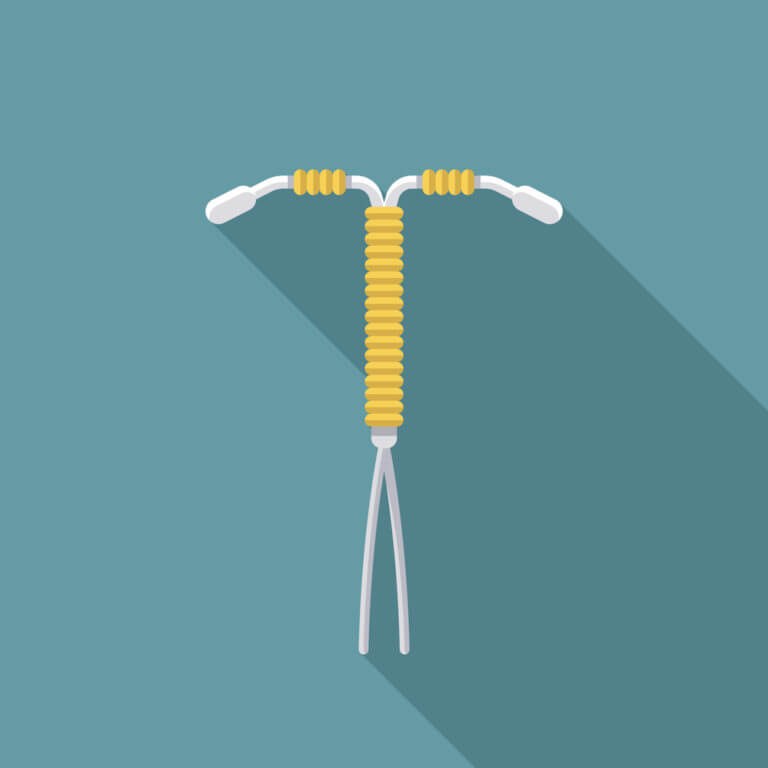
An intrauterine device (IUD) is a more long-term solution for birth control than the pill, the ring, or an arm implant. You don’t have to worry about forgetting to take it, no worries about human error since a gynecologist places it (rather than yourself), and you don’t have to perform any tasks to ensure it’s effective.
However, once it reaches its expiration, or if you decide you would like to conceive, you will need to have it removed. Let’s talk about what you can expect during and after the IUD removal procedure and where you can find answers for your own situation.
-
What Happens During IUD Removal?
You can opt to have your IUD removed at any time during your menstrual cycle. Your gynecologist will use a speculum to hold your vagina open, and the doctor will then use forceps to grab the strings and pull out the IUD.
It is usually reported that IUD removal is much more comfortable than insertion was, because the arms of the T-shaped device simply fold and become a straight unit when it is being removed. The process is generally very quick.
1. What Can Happen After the IUD Is Removed?
There are a number of things that can or will happen to your body once the birth control device has been removed from your uterus, including the following:
2. Period Resumes
If you no longer had your period while your IUD was inserted, your period will return after IUD removal. This may happen relatively quickly, or it may take a few months. You might also experience irregular periods for a few months after the removal.
3. Pregnancy Is Possible
If your IUD expired, you can have another one placed immediately afterward to prevent pregnancy. Tell your OB/GYN what you want.
You can indeed get pregnant after your IUD is removed. That means you can conceive once you ovulate again after the IUD removal. If you don’t want to get pregnant, you should use another form of birth control.
4. Cramping or Pain
You might have cramps following the removal. The cramps can last from hours to days.
5. Bleeding
Bleeding after your IUD removal is possible. This can last for hours or days after the procedure. Fortunately, it’s safe to use either a tampon or a sanitary pad for the bleeding.
6. Weight Gain
If your doctor inserted a hormonal intrauterine device (rather than a copper one), you may gain some weight after the IUD was removed. The weight gain stems from your hormones returning to normal.
7. Acne
If you had a hormonal IUD removed, you may develop acne when your estrogen level drops. Some hormones can lead to acne.
8. Breast Tenderness
Natural hormonal changes can cause your breasts to become tender. When estrogen drops, for example, your breast tissue may swell and become sensitive. Therefore, the removal of a hormonal IUD can cause this to occur.
9. Syracuse Gynecologists for Birth Control
A reproductive health specialist here at University OB/GYN Associates will make sure that you receive all of the knowledge you need about the procedure, and we will help you find a new form of birth control that works for you if necessary.
If you have any questions or would like to schedule an appointment with University OB/GYN Associates, serving Syracuse and the surrounding region, call us today at (315) 464-5162. We look forward to seeing you here!



